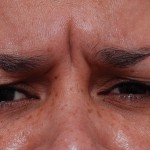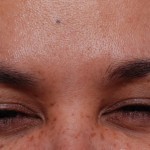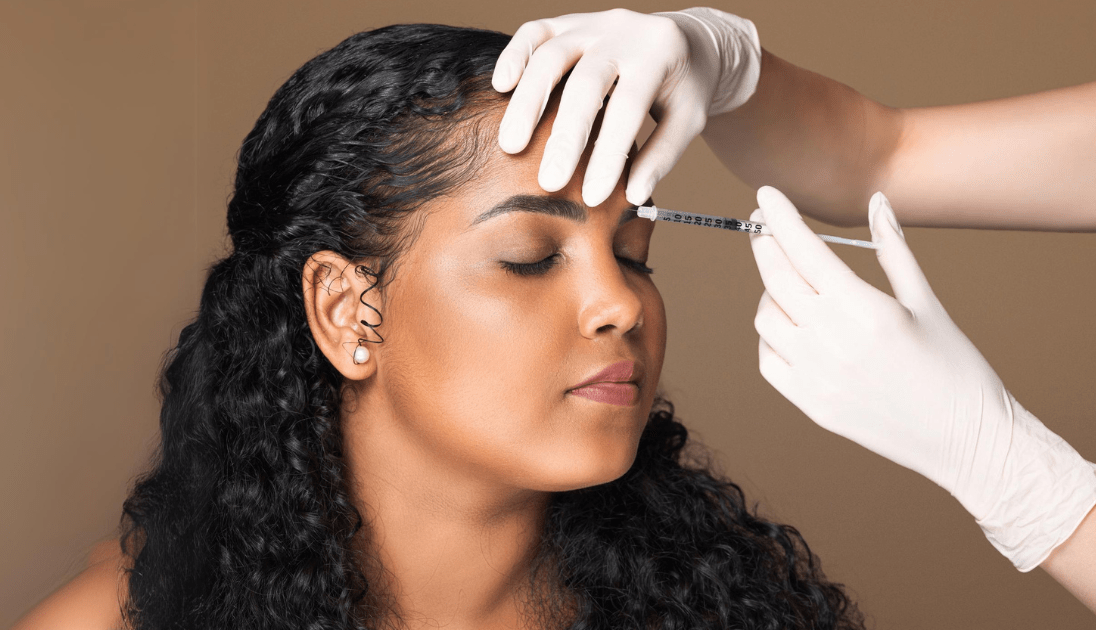What is Dysport®?
Dysport® (abobotulinum toxin) is a prescription medicine which is used to soften or reduce the appearance of moderate to severe lines and wrinkles. Typically it is used on what are termed “lines of facial expression” or “lines of motion” or “dynamic lines”. Commonly patients desire to diminish what they perceive to be a “tired” or an “angry” or an “aging” appearance, although in some cases it is possible to also give a bit of a “lift” to the eyebrow or forehead area as well.
Dysport® is considered a neuromodulator and it works by blocking nerve signals to the muscles on which the Dysport® attaches. This causes those muscles to not contract or move for a period of time during which the appearance of these wrinkles or lines is typically significantly diminished. After a period of time – typically three to five months (although your results may vary and be shorter or rarely longer) this effect disappears and the nerve impulses will once again cause the muscles to contract. Retreatment is then required to block the muscle contraction again (although in some cases the muscles may weaken from disuse and the lines that these muscles produce may not appear as severe or deep).
What areas is Dysport® typically used for?
-
Forehead
-
Crow’s Feet
-
Glabellar Lines
Results May Vary

Before

After
FAQ
What to Expect After Treatment?
After your Dysport® injections you can typically expect to have a bit of temporary swelling at the injection sites. Transient bruising is not uncommon (we have several techniques to try to minimize this). Slight tenderness may also occur and occasionally a mild transient headache may occur.
What Other Areas Can Dysport® Be Used For?
Originally approved for treating the frown lines between the eyebrows (called glabellar frown lines or sometimes called “eleven lines” since they look like “11″), Dysport® is widely used for other anatomic sites such as crow’s feet and forehead lines. You will need to discuss these off label indications and treatment areas with your injector as well as whether Dysport® is both cosmetically indicated and also that there are no medical issues which would make you an unsuitable candidate for Dysport® before you are injected. So please be sure to give an accurate answer to any questions about your goals for treatment cosmetically as well as answering any questions about your medical history during your pre injection consultation and medical evaluation. Many cosmetic dermatologists use Dysport® for certain areas around the mouth; however, there are significant pros and cons.
Dysport® can also be used for treating certain types of neck lines (the rope like vertical lines on the middle of the neck). Some cosmetic dermatologists and surgeons like to treat various areas around the mouth – although some side effects such as difficulty drinking through a soda straw, difficulty using snorkel/scuba equipment and some other undesirable changes in facial expression are more common even in experienced injector’s hands and so the decision to treat in the area around the mouth requires informed and thoughtful consideration (the fine lines of the upper lip are more commonly treated).
What Are Other Forms of Dysport®?
Other neuromodulators available in the United States for cosmetic use and even more are in use overseas. Some of these will likely become approved by the FDA for cosmetic use in the USA in the near future. The other popular forms currently approved in the USA are called Botox® and Xeomin®. They in most ways appear to act very similarly to Dysport®.
Dysport® has been designated abobotulinumtoxin A, Botox® is named onabotulinumtoxin A and Xeomin® is called incobotulinumtoxin A by the FDA in order to indicate there are very small chemical differences in these two forms of the drug. It is important to appreciate that the number of units of Botox® and Xeomin® does not equal the same number of units of Dysport® and thus a conversion factor must be used by the injecting physician or nurse when changing between Xeomin® or Botox® and Dysport®.
Visit McDaniel Laser & Cosmetic Center
Our team provides thoughtful, expert care for all your general and cosmetic dermatological needs. We are proud to offer the most advanced aesthetic services in the Virginia Beach area. Contact us today to schedule your next appointment! Your best skin awaits.


